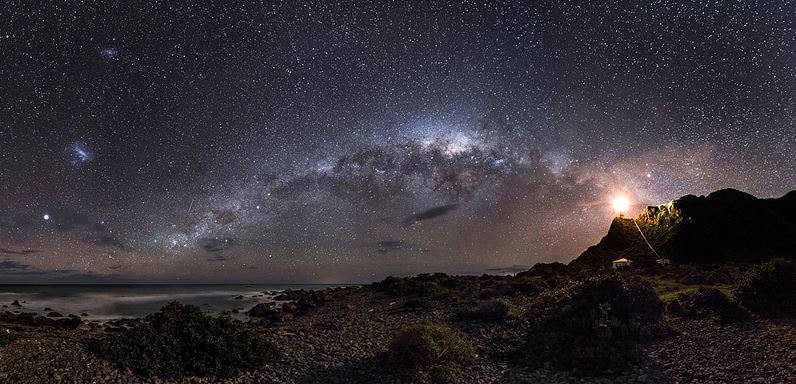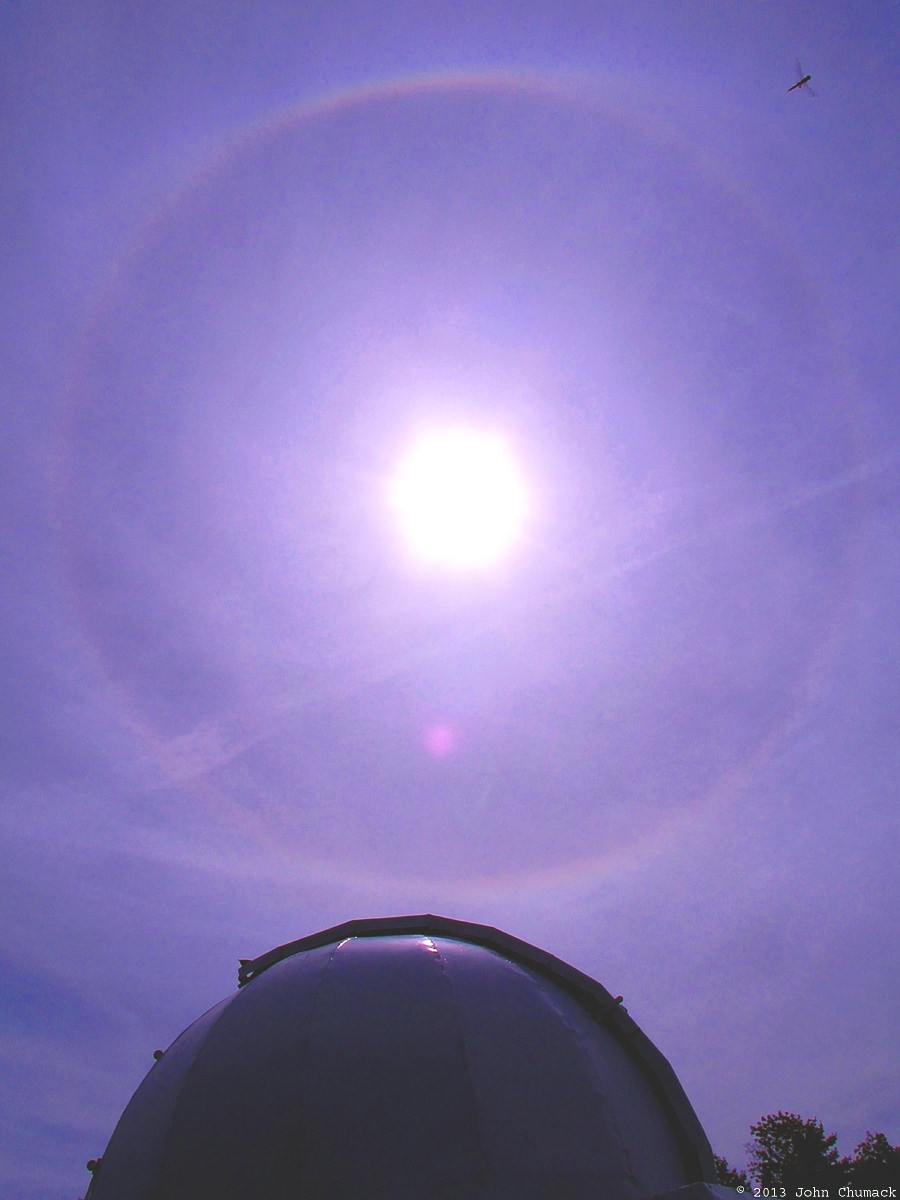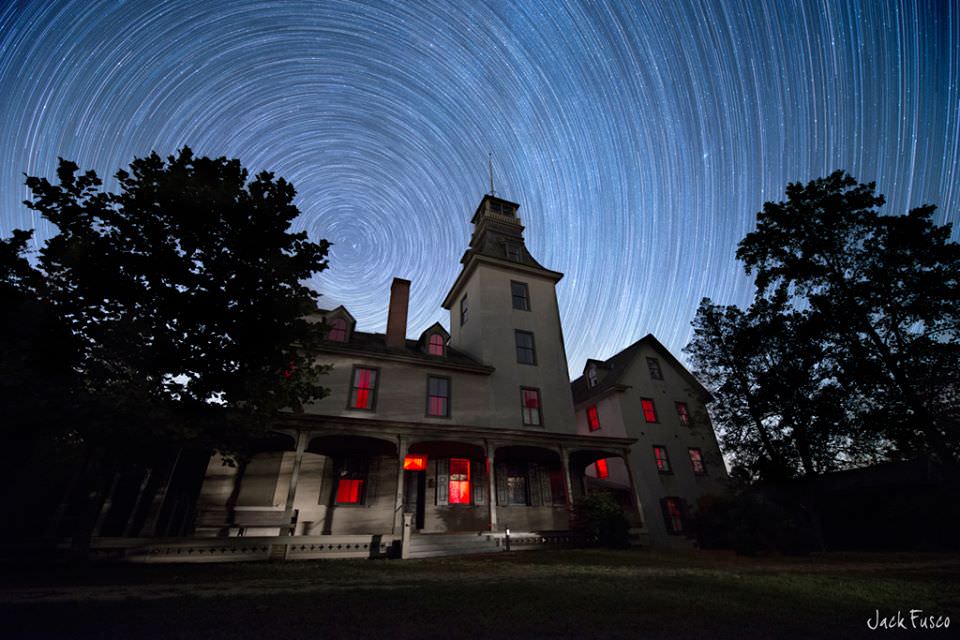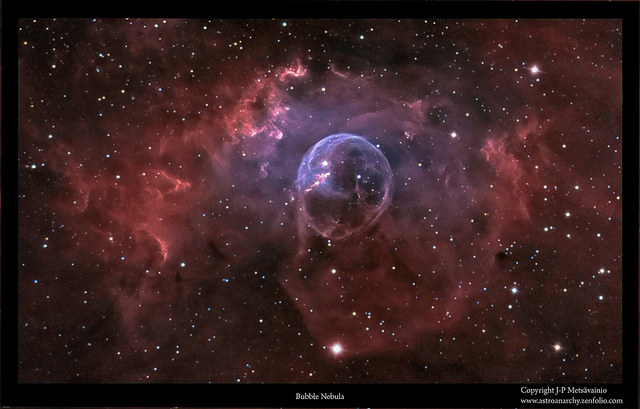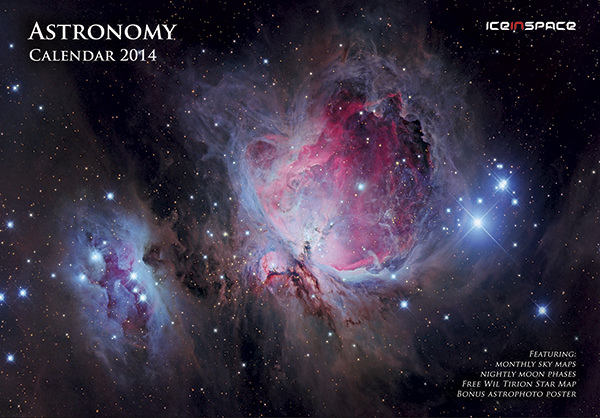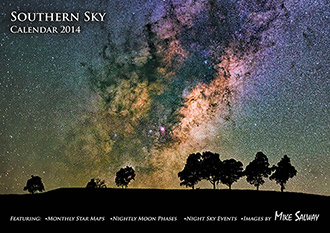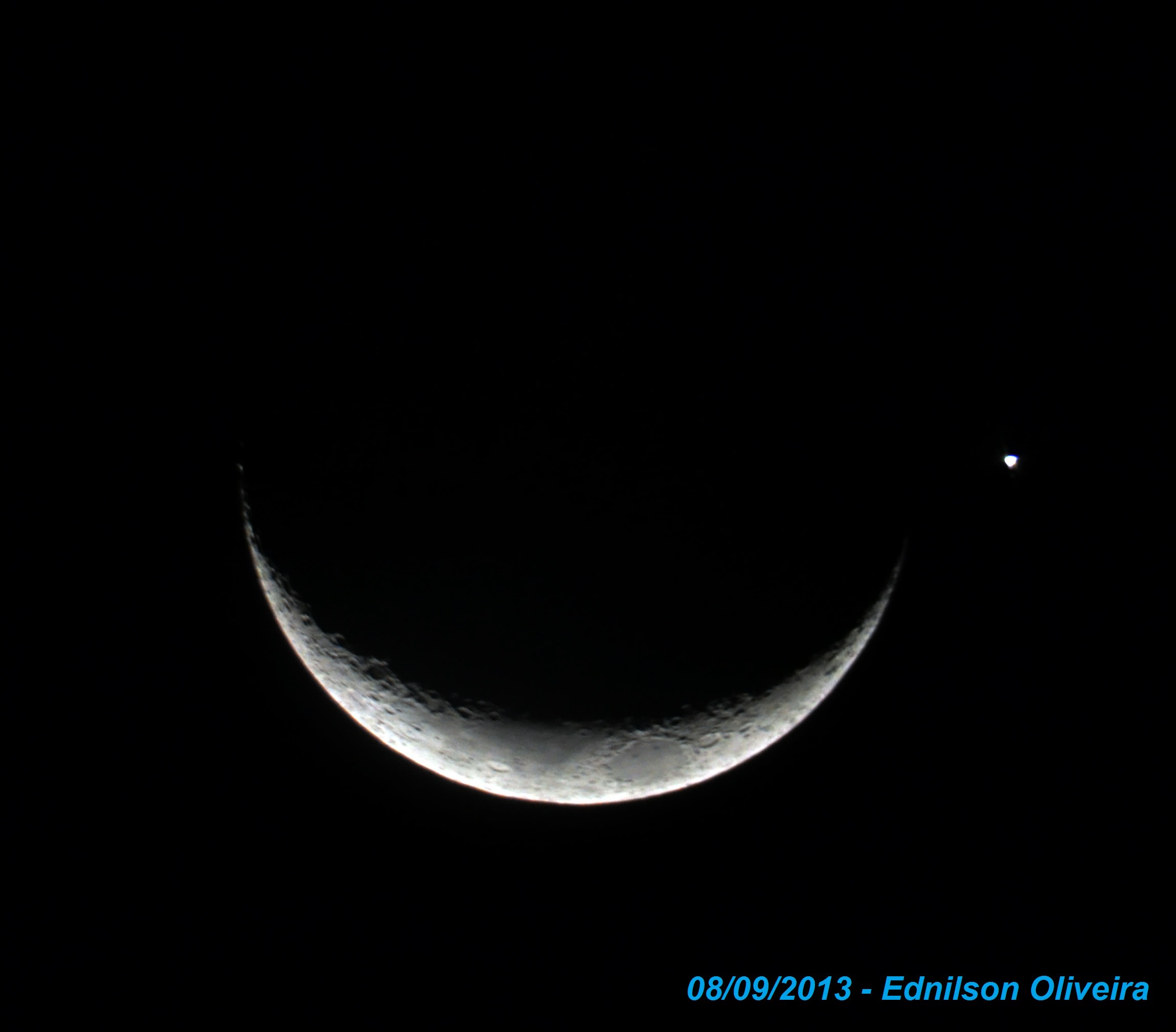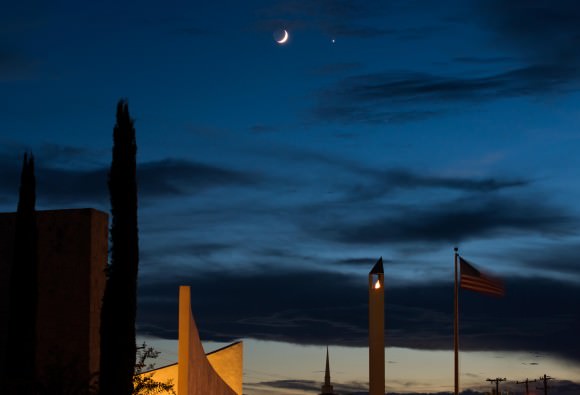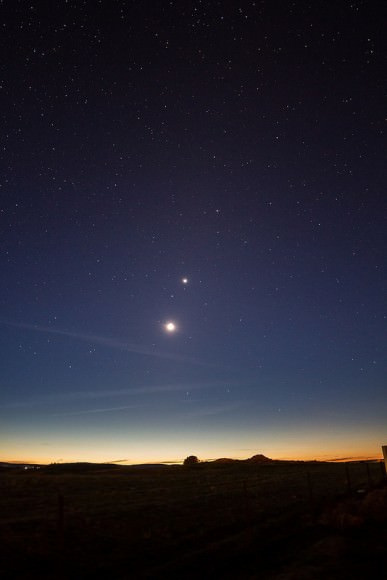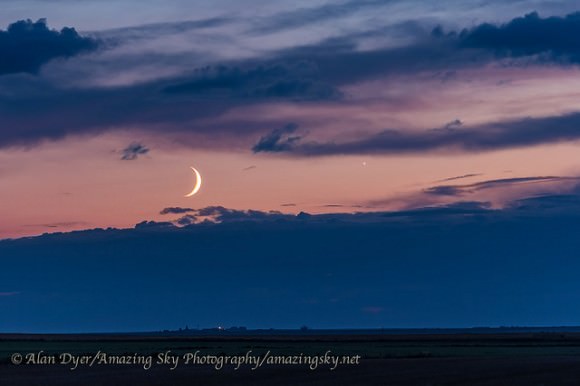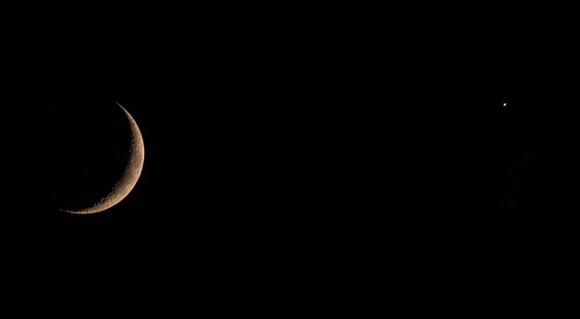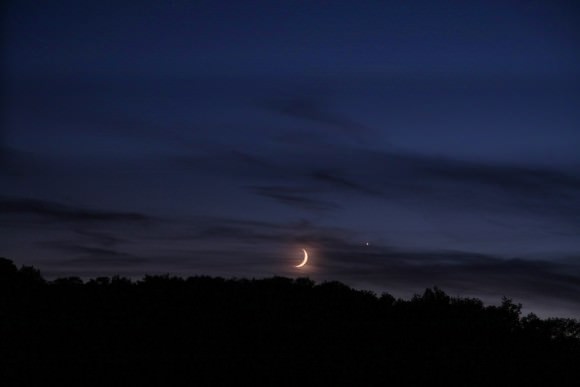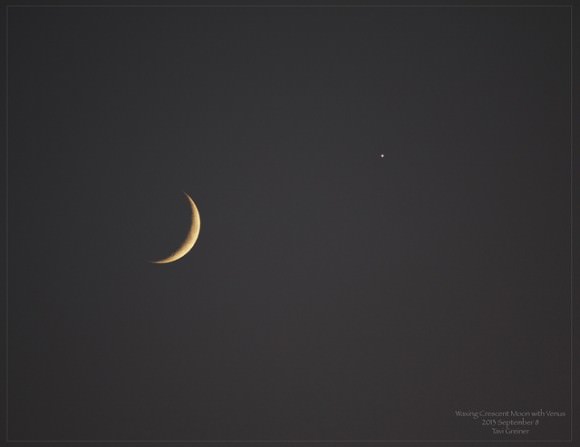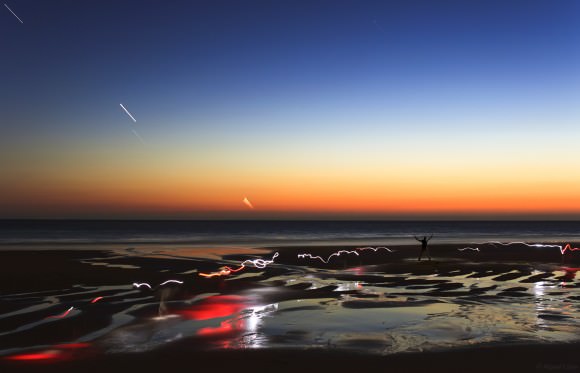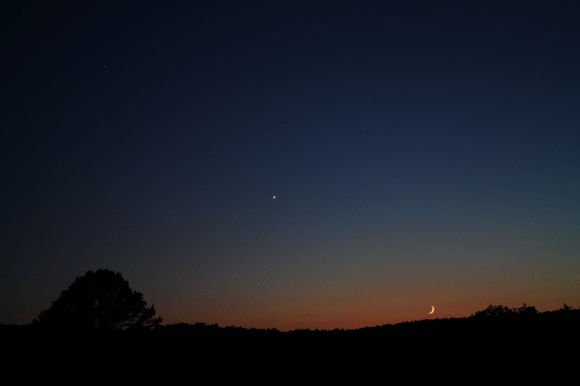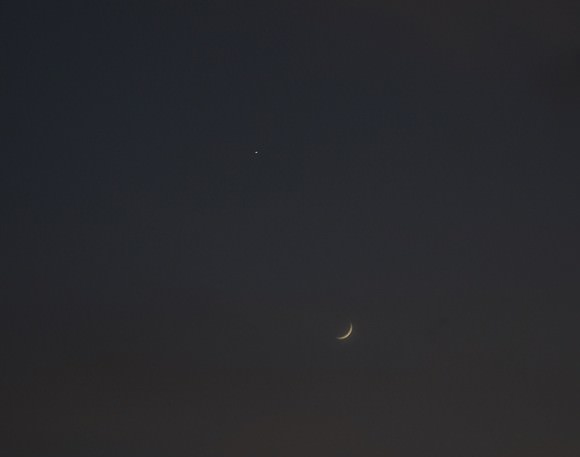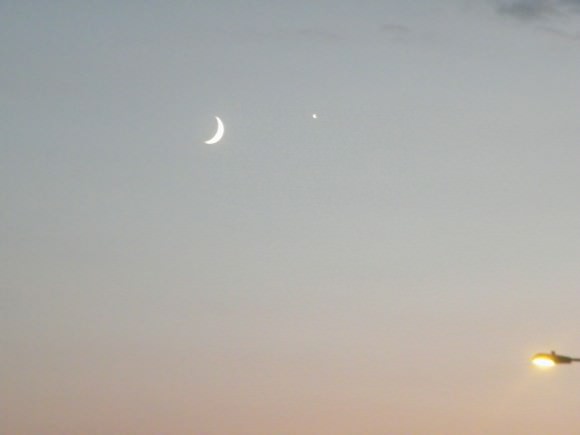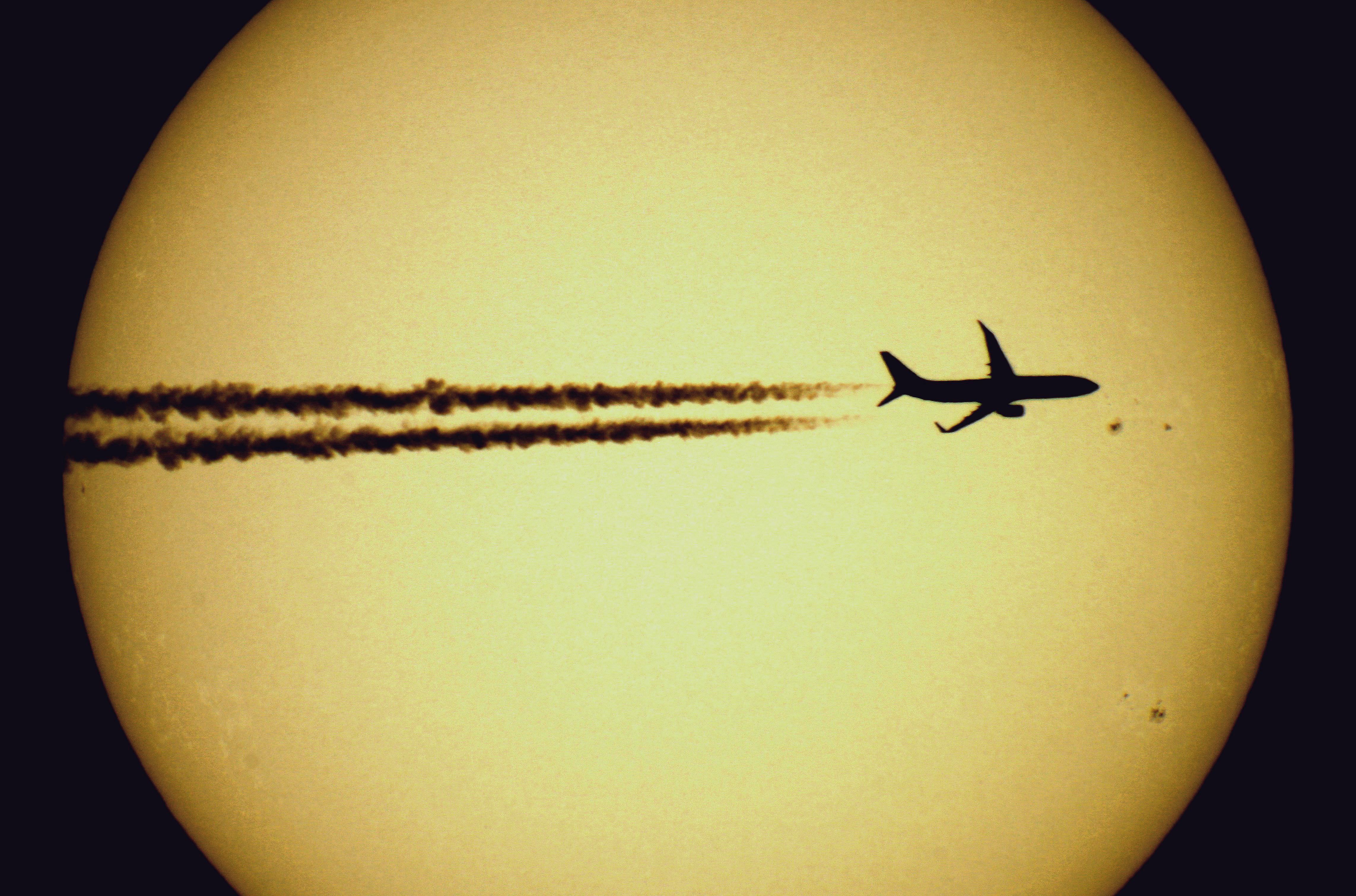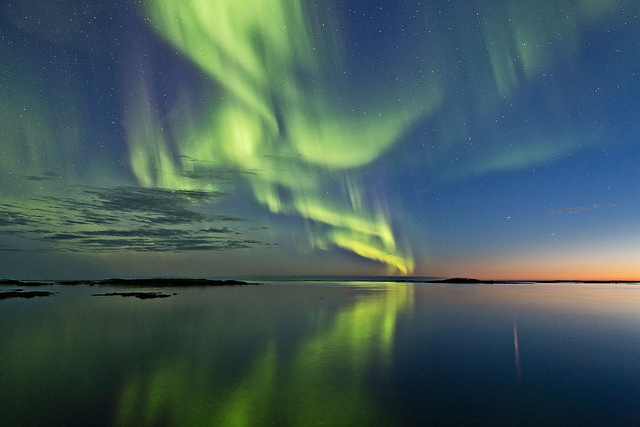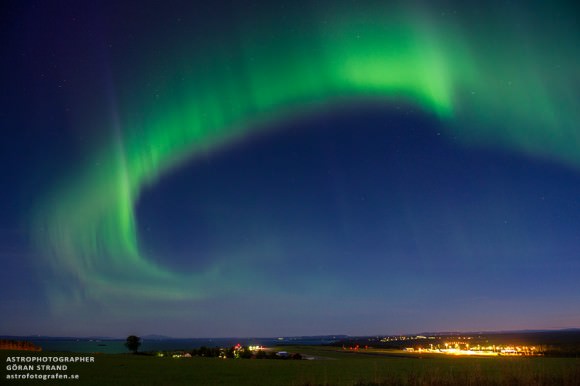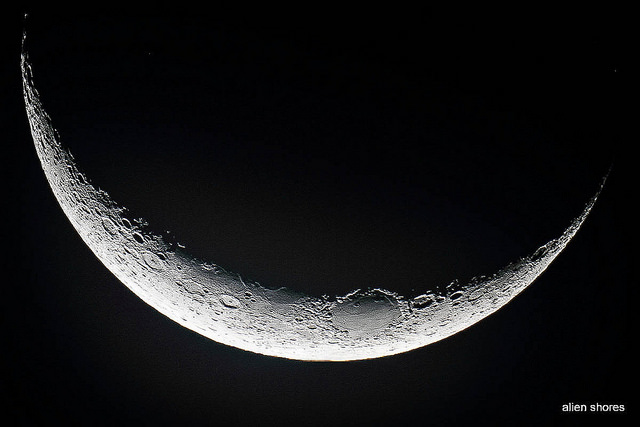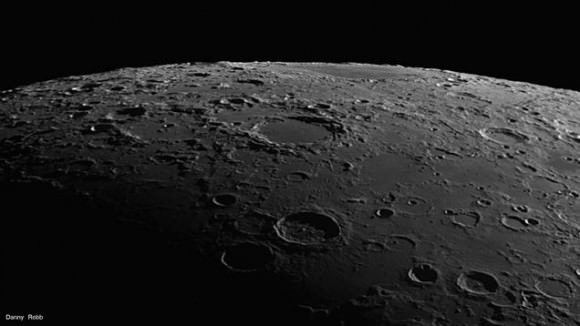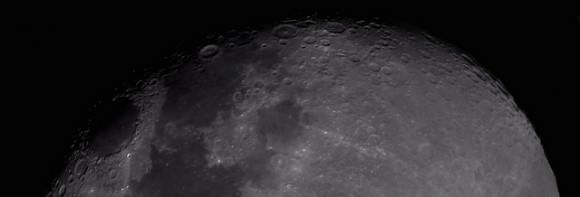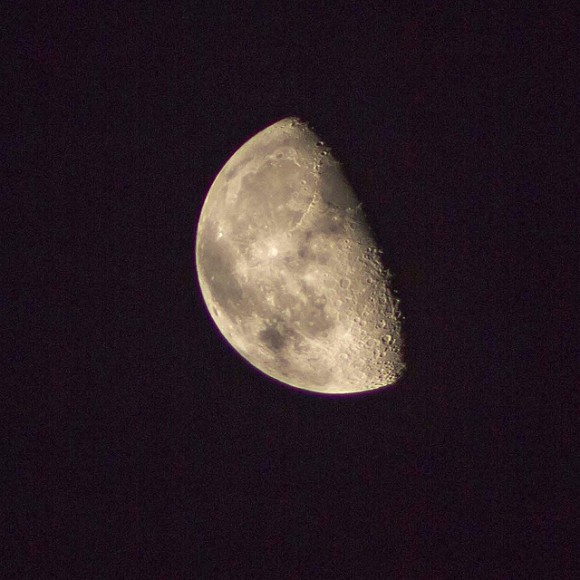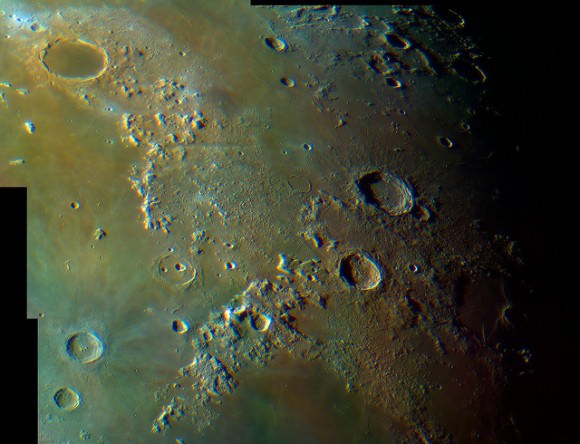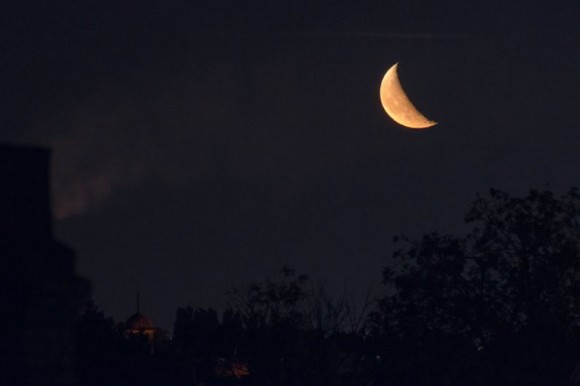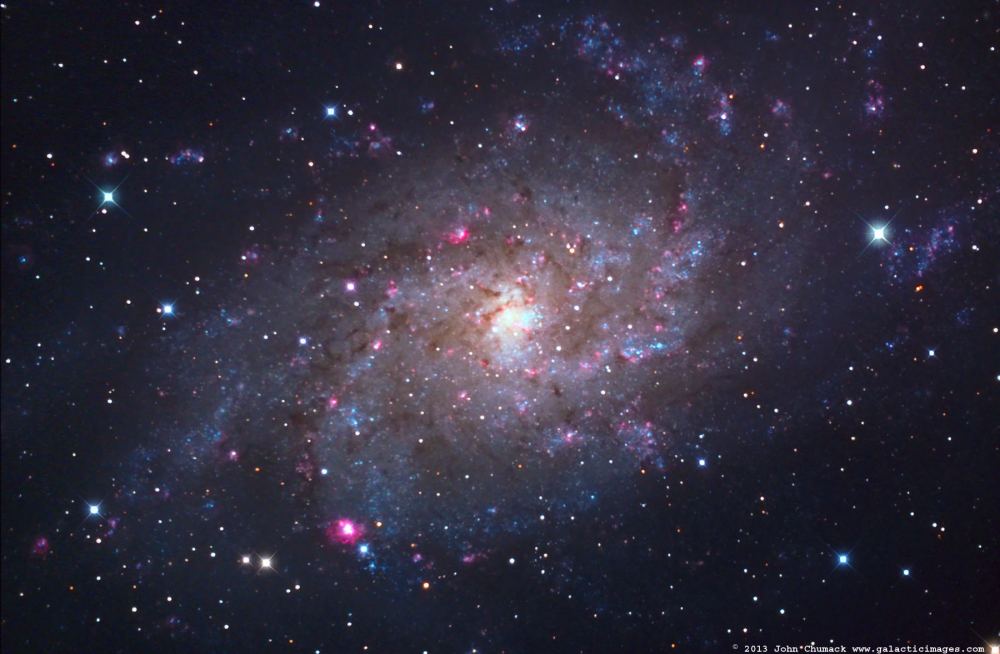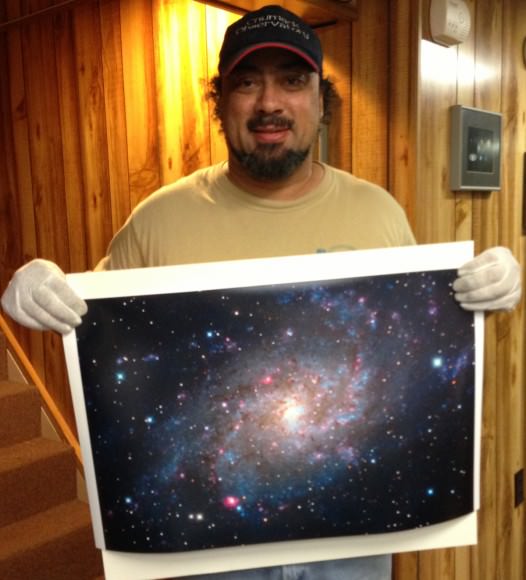Feast your eyes!! Every year of the “Astronomy Photographer of the Year” competition provides incredible images of our night sky — whether they are striking pictures of vast galaxies millions of light years away, or dramatic images of the night sky taken much closer to home — and this year is no different. The awards were just announced at a special presentation at the Royal Observatory in Greenwich, England for this fifth year of the competition, which is run by the Observatory in association with Sky at Night Magazine.
Above is the overall winner, from Mark Gee, which was the winner of the “Earth and Space” category, a gorgeous view of the Milky Way taken from Cape Palliser on the North Island of New Zealand.
Astronomy Photographer of the Year 2013 has four main categories: Earth and Space, Our Solar System, Deep Space, and Young Astronomy Photographer of the Year. There are also three special prizes: People and Space, Best Newcomer (with the prize newly named for Sir Patrick Moore), and the Robotic Scope category, for images taken by a computer-controlled telescope accessed over the internet.
All the winning images here are linked to the originals posted in the Astronomy Photographer of the Year Flickr stream, so feel free to click on the images to see larger versions on Flickr.
Special congrats to Adam Block of the Mount Lemmon Sky Center in Arizona for winning the “Deep Sky” category. Adam is a “regular” on Universe Today, as we frequently feature his beautiful images in the astrophotos we share.
Here are the rest of the winners!
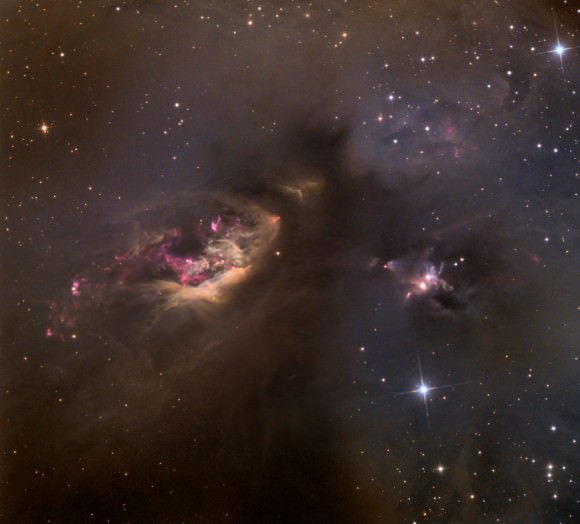
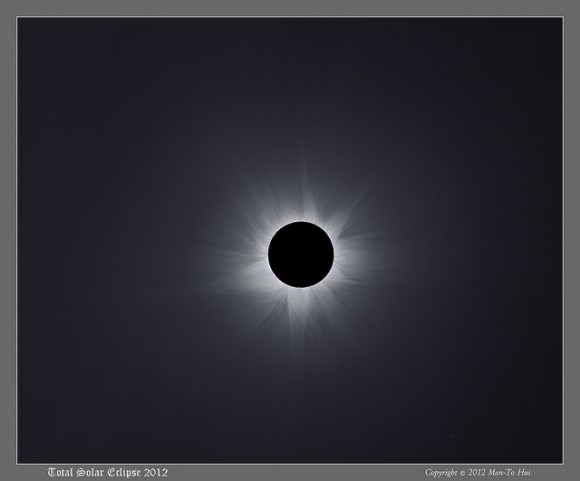
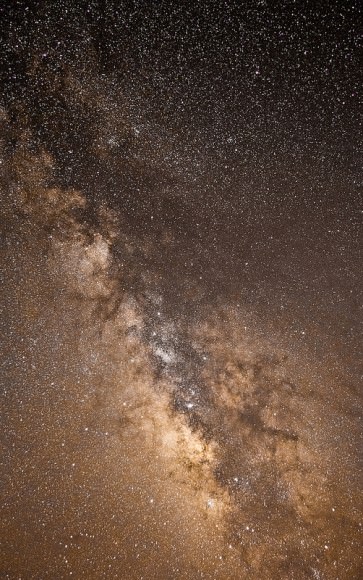

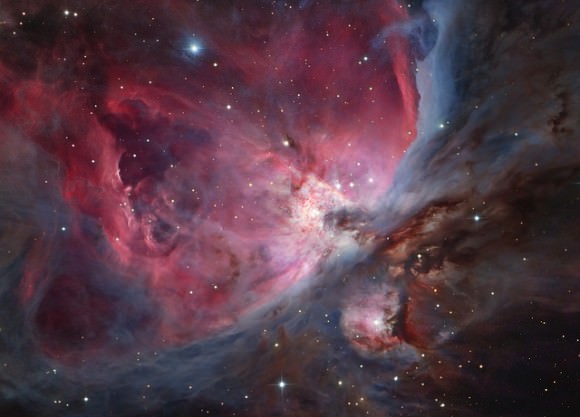
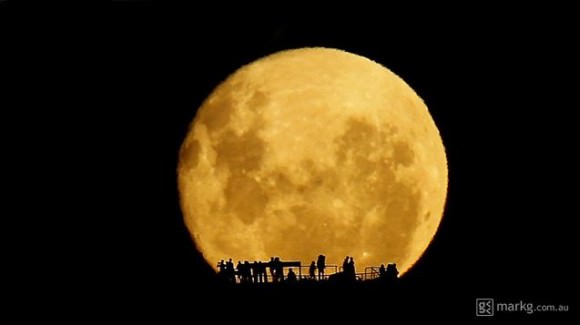
If you are impressed — or inspired — by these images, look to join in the competition for next year’s Astronomy Photographer of the Year competition! We’ll provide info on how to submit your photos when it becomes available (usually in January every year).

